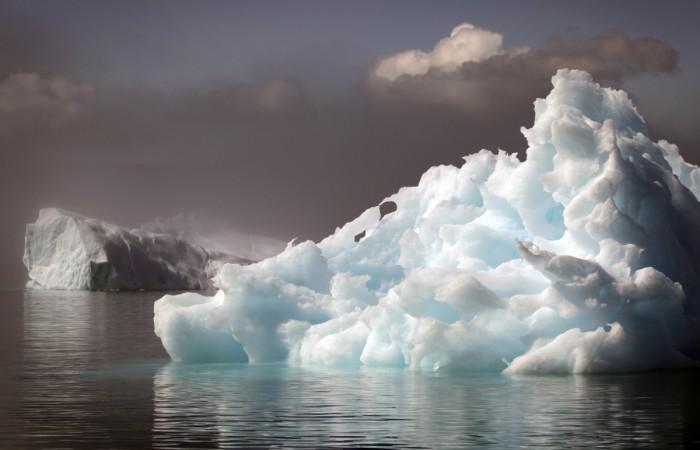
Scientists from World Meteorological Organization (WMO) are 90 percent sure about the fact that the year 2016 will break the record for the warmest year. They came to this conclusion with the help of data for the first nine months of the year.
A rise of 1.2 degree celsius in the temperature above the pre-industrial levels was noted by the scientists from January to September this year.
The WMO stated that the temperatures will continue being high enough for the rest of the year due to CO2 emissions, which will cross the mark set in 2015.
Apart from getting majorly affected by the CO2, the researchers also found that the El Nino effect too had an impact on the climate. El Nino refers to complex climatic changes which adversely impact the equatorial Pacific region.
"Another year. Another record," said WMO secretary-general, Petteri Taalas. "The extra heat from the powerful El Niño event has disappeared. The heat from global warming will continue," theguardian.com reported.
"Because of climate change, the occurrence and impact of extreme events has risen. Once in a generation' heatwaves and flooding are becoming more regular," Taalas added.
The status of global climate in 2016 was released earlier in order to inform the representatives meeting in Morocco to push the Paris Climate Agreement.
The WMO uses the temperature for the period 1961 to 1990, which was 0.88 above average, as its baseline. The previous record was broken by a significant amount of 0.77 above the average in 2015.
"In parts of Arctic Russia, temperatures were 6°C to 7°C above the long-term average. Many other Arctic and sub-Arctic regions in Russia, Alaska and north-west Canada were at least 3°C above average. We are used to measuring temperature records in fractions of a degree, and so this is different," Mr Taalas stated as per the BBC news report.
The report revealed that the other factors which point towards the long-term climate changes were also rising. An elevation in the levels of green gas was observed in 2016.
This year noteworthy amounts of ice melting have been observed in the Arctic sea, also an early onset of ice sheet melting took place in Greenland.
Scientists believe that the El Nino weather phenomenon played a role in raising the temperature records of 2015 and 2016 by approximately 0.2 degrees. The greenhouse gases are majorly held responsible for global warming, whose effects are impacting the world widely.
"Because of climate change, the occurrence and impact of extreme events has risen," said Taalas.
"'Once in a generation' heatwaves and flooding are becoming more regular. Sea level rise has increased exposure to storm surges associated with tropical cyclones," he said.
"We are seeing the impacts of climate change on extreme weather," said Dr Peter Stott, who leads the climate attribution team at the UK Met Office.
"One degree may sound a relatively small number, but in the context of such a stable climate that we've had over the past millennia, and the rapidity of warming, we are seeing this real world evidence that doesn't come from a model or a projection."
As per the analysis carried forward by the WMO, only the year 1998 was an exception. Sixteen out of 17 warmest years of this century have been recorded.













